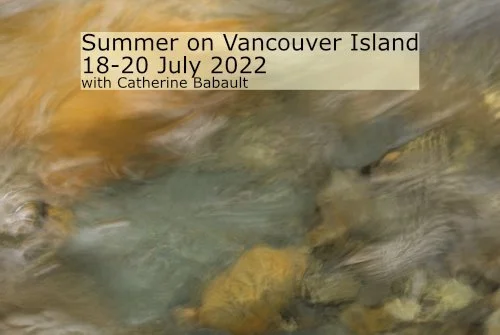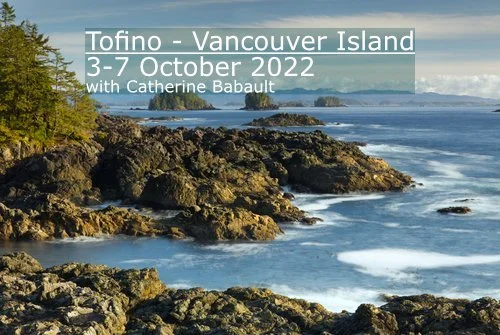I remember the cultural revolution when the first music videos appeared on the television in the 1980s. Today, everyone posts videos on TikTok, YouTube, etc. That's why I just produced and posted my first two videos on YouTube, which you can watch here. You will discover in particular rare photos of the Vancouver Island marmot, an endangered species.
Following an increase in requests from photographers in the United States and Europe, I have just added several photo workshops for 2023. There are still spaces available for the 2022 workshops. However the maximum number of participants per workshop is five, so don't wait too long to sign up.
''I took her workshop and it was very informative at the same time enjoyable. we discovered amazing part of island and shoot lots of pictures. Catherine is very professional and friendly. She opened up my eyes in different perspective of photography. She is also very patient and explain everything in detail. By end of our workshop I am more comfortable with camera settings, composition. long exposure and work on tripod 😃. I highly recommend her workshop for anyone who wants step in nature, landscape and wildlife photography.'' Mehrdad S.
I hope you take advantage of the long summer days to explore nature and photograph cute animals like this baby black-tailed deer that I briefly encountered earlier this week on Vancouver Island.












